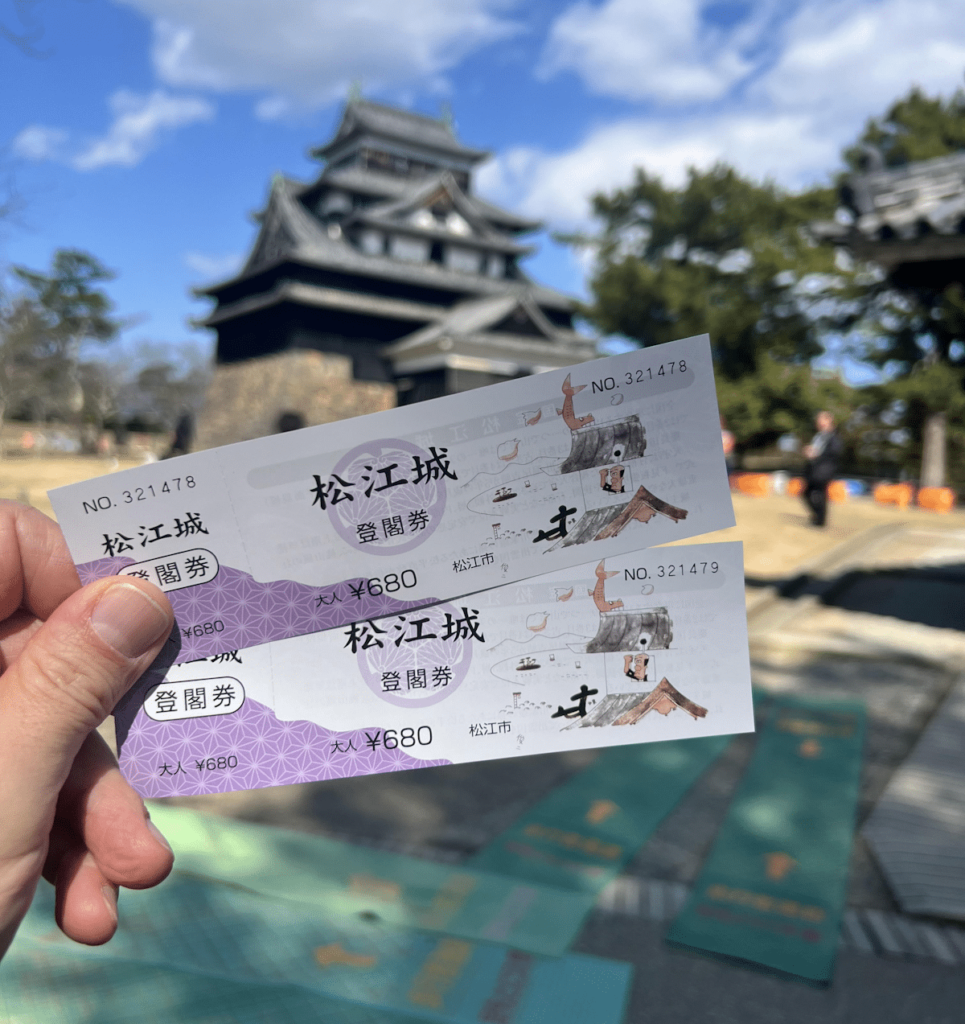[ad_1]
It used to be that tourists could get in for a reduced rate – or even free – at some of Japan’s cultural sites. However, with the surge in overtourism, those days are ending. Prominent tourist destinations are slashing discounts for inbound visitors as local critics argue such systems are unfair.
No more foreigner privileges?

When ramen, Japan’s classic comfort food, tore above the price line of ¥1,000 (about $6.5) as the yen continued to drop, it put locals on edge.
Watching inbound tourists get free treatment pushed some off that edge into a ranting whirlpool. Now, locals and a higher-up official in Nara Prefecture are calling for an end to no-charge systems at public institutions for foreign visitors.
“It’s discrimination against Japanese people,” one social media user wrote.
Another suggested that “citizens should get in for free.”
The Governor of Nara Prefecture, Yamashita Makoto, could not agree more.
Advertisements
“It’s irrational to charge Japanese people but make services free for foreigners. Foreigners aren’t aware of this system and it’s not attracting customers anyways,” he said.
As of this month, four public institutions – including the Nara Prefectural Museum of Art, which charged locals a ¥400 (about $2.6) admission fee – will scrap all no-charge privileges for foreign tourists.
The museum had allowed foreigners free admission since 2008 to boost local tourism. 10% of its visitors were inbound tourists who could enter for free after showing their passports.
24 institutions in Nara, both public and private, had implemented a partial or complete discount charging system for foreign tourists until April 1st this year. Seven have discontinued cheaper or free passes from this month.
Cutting privileges elsewhere

Outside of Nara, in Shimane Prefecture, off the “golden route” of tourism dotted by Tokyo, Kyoto, and Osaka, you can see the same trend. Matsue Castle slashed its 20% discount for foreign visitors after receiving such complaints last month. The Matsue History Museum also suspended its 30% discount at the end of March.
A spokesperson said the museum hopes to allocate the extra income to creating English-language displays.
On the other hand, Shimane Prefecture Ancient Izumo History Museum will continue its 50% discount for foreign visitors.
“Due to geographical reasons, Shimane doesn’t have the same advantage as Osaka and Kyoto in attracting inbound tourists. By spreading the word about our discount system at business meetings abroad, we hope to see more visitors,” its spokesperson said.
Charge or not: a localized question
According to the Japan National Tourism Organization (JNTO), Shimane had the 3rd least inbound tourists in 2020. The number of visitors still looms below pre-pandemic levels.
Kōno Mayuko from the Japan Tourism Bureau said that “there is no need for all municipalities to have a standardized response because there is an imbalance in the destinations and agendas of foreign tourists.”
“But if municipalities ban or keep privileges for foreigners based on short-term goals such as making money off of rich foreigners or attracting as many foreigners as possible, there will, of course, be distrust and discomfort among tourists and locals. Municipalities need to discuss what long-term effect they are aiming for.”
Profiting from tourists while managing overtourism
Overtourism and a weak economy have set a new trend in Japan of raising prices for inbound tourists.
At a press conference on March 6th, Osaka Governor Hirofumi Yoshimura announced plans to collect a fixed fee for inbound tourists starting in April 2025. That’s when the prefecture is set to host the World Exposition. The prefecture charges an accommodation tax of ¥100 to ¥300 on room fees of ¥7,000 or more per night, regardless of guests’ nationality. Other prefectures are implementing a similar “tourist tax.”
Some analysts suggest a two-tier pricing system for inbound tourists to offset rising costs for locals. Meanwhile, Mt. Fuji prefectures are going to set up a toll system for climbers, 20% of whom are Japanese.
Sources
優遇か廃止か…「日本人差別」の声も 岐路を迎えた観光地「インバウンド料金」の是非. 産経新聞
「富士山」に登ったことある?. LINE
[ad_2]
Source link




